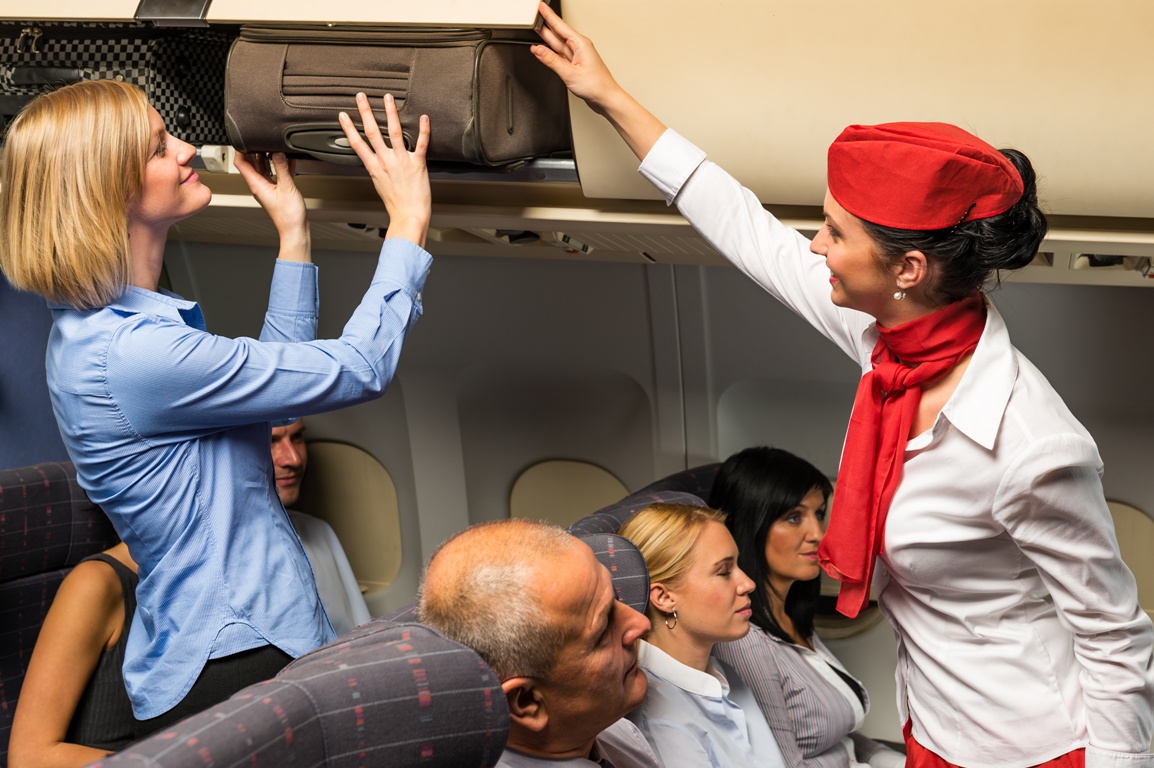Moving walkways, overhead luggage bins, security staff, cab rides …
Statistically, airplanes are safer than traveling by car, bus or train. But air travel does involve a number of potential injury hazards – from air turbulence and airport falls to taxi accidents and TSA screeners.
The recent case of the United Airlines passenger who was beaten and forcibly removed from a plane illustrates that the actual flight may be the least dangerous part of the journey. If you are injured during any phase of airline travel, a personal injury attorney can assess your possible legal claims and identify who may be liable.

United Airlines passenger injured before take-off
The chances of dying in an airplane crash are extremely low – somewhere between getting hit by lightning and winning the lottery. You are far more likely to be killed in a car accident. Yet thousands of air travelers are injured every year – from in-flight accidents, at the airport, or getting to and from the airport.
On April 9, Chicago police were summoned to bodily remove David Dao after he refused to voluntarily give up his seat on a United Airlines flight. Dao suffered a broken nose, concussion and other injuries, and dozens of fellow passengers were traumatized as he was literally dragged down the aisle, limp and bloodied. His lawyers are exploring a lawsuit against the airline and the Chicago P.D.
The real hazards of air travel
In a typical year, there are only about 20 actual aviation accidents involving commercial airliners, injuring about 35 people. But thousands are air travelers are injured in other ways from the time they leave home until the time they reach their destination:
- In-flight turbulence – The Federal Aviation Administration (FAA) says about 50 people are injured each year by serious air turbulence: while standing in the aisle, using the plane’s bathroom or in their seat but not buckled. Major turbulence can cause head trauma and other severe injury.
- Overhead bins – The FAA reports about 4,500 injuries each year (some of them serious) from luggage falling out of overhead storage compartments on planes.
- Boarding and unboarding – Jetways, ramps, portable stairways and emergency evacuation chutes cause slips, trips and other injuries.
- Airport injuries – Patrons regularly suffer slip-and-falls on wet floors, escalators, moving sidewalks or are struck on the concourse by baggage carts or motorized “golf carts.”
- Security personnel – A number of people are injured in altercations or excessive force by Transportation Safety Admininstration (TSA) screeners, airport security personnel, federal air marshals or local police officers.
- Blood clots – Long periods in cramped seats, such as trans-Pacific flights, can cause deep vein thrombosis, life-threatening clots in the legs.
- Stranded on tarmac – Unreasonable delays can lead to medical problems, panic attacks or “air rage” altercations. By law, airlines must allow people to deplane after a tarmac delay of three hours, unless there is a compelling safety reason. Failing to let passengers leave could be grounds for false imprisonment.
- Taxi accidents – Hundreds of people are injured in collisions and pedestrian accidents involving airport shuttles or taxicab and Uber drivers going to and from airports.
Compensation for airline or air travel injuries
Congress has failed to enact a Passenger Bill of Rights, but there are legal remedies under the “contract of carriage” when you buy a plane ticket and in federal regulations and negligence laws of Hawaii and other states. The airline is not necessarily responsible for turbulence, unless the pilot knew there was rough weather ahead and failed to delay the flight, alter the flight path or warn passengers to take their seats.
In addition to the airline, you may have claims against a manufacturer of a faulty plane or equipment, the airport authority, the FAA or TSA, or the company that operates the bus or ride service. You might also have claims against fellow travelers if their negligence or intentional actions caused your injuries. Contact a lawyer with experience in aviation accidents and personal injury.

